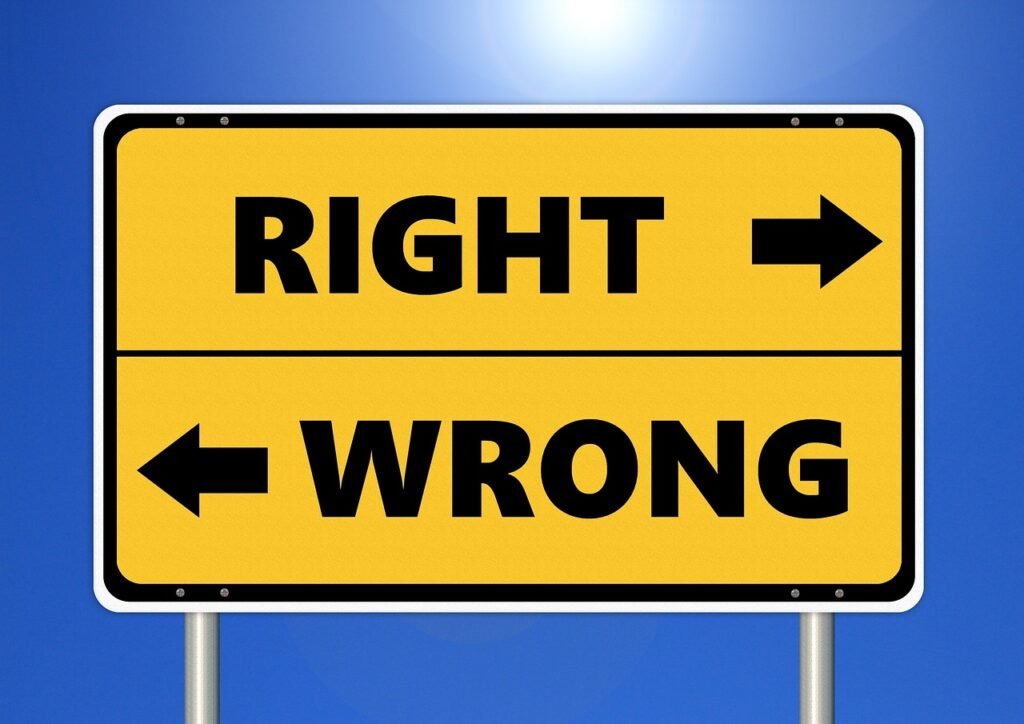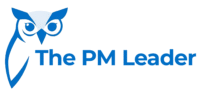
Because delivering value doesn’t excuse delivering a scandal.”
1. The rising tide of regulation (and moral expectation)
If you thought your projects were just about scope, schedule and budget – think again. Welcome to the era where compliance, data privacy, ethical sourcing, and supplier governance are no longer optional add-ons. They are table stakes.
- The regulatory environment: GDPR (and its cousins), supply-chain laws (e.g., forced-labor bans), ESG expectations, procurement rules.
- Corporate and stakeholder expectation: Executives (and the board) now want more than “on time/on budget” – they’re asking “on purpose, on principle.”
- Project risk evolves: A blown budget is bad. A privacy breach, unethical supplier, or governance failure? That can sink reputations and careers.
In short: Your project isn’t just a project. It is also a governance platform. You’re delivering deliverables – and you’re also delivering trust.
2. Why PMOs & Project Managers must care (yes, you)
You know the mechanics of project delivery. But within that delivery cadence sits governance. Here’s why you should care:
- Reputational exposure: One supplier in the chain is non-compliant, and suddenly the “good” project becomes the “investigation” project.
- Operational disruption: Data breaches, audit failures, and supplier shutdowns stall everything.
- Financial penalties: Fines, forced recalls, remediation costs.
- Ethical imperative: Beyond law and risk – we have a duty to do right (yes, I got a bit philosophical).
- Competitive advantage: Organizations that embed governance and ethics can outlast and outperform those who treat them as overhead.
So yes, this is your domain. Not just the legal team’s. Not just the audit folks. You.
3. A practical framework: Embed ethics & governance into your project life-cycle
Here’s a go-to framework you can apply to any project so that ethics, governance & compliance are baked in, not bolted on.
Phase A: Initiation – Set the tone
- Define values & principles early – treat them like project constraints. Example: “All suppliers must meet X labor standards,” or “All data processed must be minimized as much as possible.”
- Governance charter + ethics charter – build a mini-charter for the project that sits alongside the project charter:
- Who is accountable for ethics/compliance?
- What are the escalation paths?
- What are the boundaries (e.g., suppliers, subcontractors, data flows)?
- Risk identification – add categories such as “ethical risk,” “supplier governance risk,” “data privacy risk.” Don’t just do cost/risk/schedule – do compliance-risk.
- Stakeholder alignment – ensure sponsorship understands not only “deliverables” but also “deliverables with integrity”.
Phase B: Planning – Build the solid foundation
- Governance operating model – define the roles (e.g., Ethics Lead, Data Privacy Officer, Supplier Governance Manager) and interfaces (project → PMO → legal/compliance).
- Compliance checklist – create a tailored checklist for the project (e.g., data privacy impact assessment, ethical sourcing audit, supplier due diligence).
- Metrics & KPIs – yes, we like KPIs. For governance/ethics consider:
- % of suppliers passing ethical audit before engagement of data-subject requests responded to within the time of non-conformances in supplier governance
- Time to remediate non-compliance
- Supplier & contract governance – embed governance clauses up front (e.g., right to audit, data handling standards, ethical sourcing statements).
- Training & awareness plan – ethics and governance need buy-in from the team (and suppliers). Include induction, refreshers, and role-specific training.
Phase C: Execution – Monitor & govern
- Governance forums – set recurring checkpoints with governance leads, compliance focal points, and supplier governance reviews.
- Data monitoring – if your project handles data, embed anonymization, minimal retention, and secure handling as part of regular deliverables.
- Supplier monitoring – spot audits, supplier performance against ethical/clause commitments, escalation of non-compliance.
- Issue/incident management – define how an ethics/compliance sandbox works: if something pops, you treat it like a schedule/quality risk. Log it, track it, remediate it.
- Transparency & communication – keep stakeholders (including leadership) informed of governance health as well as project health (yes, report the good and the near misses).
Phase D: Closure – Capture, reflect, embed
- Governance close-out checklist – supplier exit audits, data deletion/archival, final compliance report.
- Lessons-learned session – include ethics/governance lens: what did we do well? What did we skip and why? What slipped from plan into “we’ll fix later” (and how can we avoid that next time)?
- Archive artifacts – governance documentation, supplier audits, data-privacy impacts, non-conformance logs. Keeps you auditable later.
- Celebrate integrity – we celebrate deliverables; let’s also celebrate “we delivered with trust/ethics/governance.” Makes it part of the culture.
4. Common pitfalls & how to avoid them
Here are some typical traps (and their antidotes) when embedding ethics/governance in projects:
- “Governance is overhead” → Reframe: governance as enabler. If you view it as a drag, someone will opt out. Instead, show how governance avoids re-work, scandal, and surprise costs.
- “We’ll deal with compliance later” → Big mistake. If you wait until execution to think about data/privacy/supplier governance, you’re late. Start early.
- “Only legal/ethics teams need to care” → Wrong. Project teams, PMO, and suppliers all need awareness. Governance is cross-cutting.
- “Metrics are impossible” → Not true. You may not need 100 metrics; pick 2-4 governance metrics (see above) and track them.
- “We did it once; we’re good” → Governance isn’t a one-time checklist. Culture evolves; regulations change; suppliers rotate. Stay awake.
5. Why this matters for your PMO/you (yes: you again)
- If your PMO is about delivering strategic value, ethics/governance/compliance are strategic value. A project delivered but with compromised ethics is a hollow victory.
- As a PMO, you’re in a unique position: you bridge the “doing” side and the “governance” side. You can influence how governance is operationalized within projects.
- Embedding this framework early builds your credibility: you’re not just a delivery machine, you’re a trusted delivery partner.
- It reduces late-stage surprises. Compliance failures often happen near the end or after go-live (e.g., data breaches, audit failures). If you manage it proactively, you avoid those scary moments.
6. Final word
Yes, you still have to hit your scope, budget, and timeline. But today’s projects have a new dimension: “we delivered, and we did so right.” Because the stakes are high: regulators, stakeholders, and society expect more than the “we shipped it”. They expect “we shipped it well, responsibly, sustainably”.
So next time you kick off your project, ask yourself: Did I build the governance scaffolding before the first deliverable? Did I give ethics/compliance the respect of a constraint (like cost and schedule)? Did I pick a couple of meaningful KPIs so I can show that we didn’t just finish — we finished with integrity?
Projects deliver change. Let’s make sure that change is not just effective, but ethical.
#ProjectManagement #PMO #Governance #EthicalLeadership #Compliance #ModernPM #LeadershipInAction
